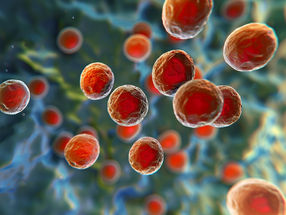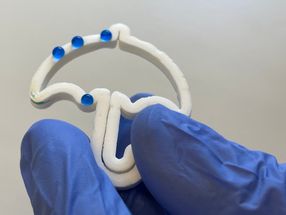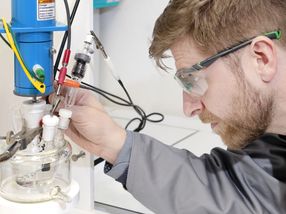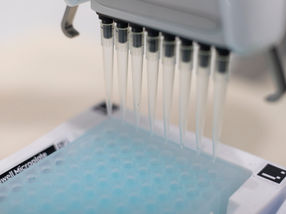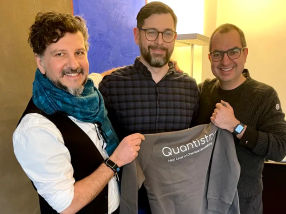Small Animal Imaging Crucial for Drug Development and Non-Invasive Identification of Diseases in Humans
Animal models are an efficient and cost-effective way to understand underlying mechanisms of several human conditions
The use of small animal models in basic and preclinical research is now an integral part of developing and testing new pharmaceutical drugs prior to commercialisation. Small animal imaging is an efficient and cost-effective research platform for the timely validation and commercialisation of novel drug agents. Moreover, it is a highly essential technology to understand underlying mechanisms of conditions such as cancer, diabetes, and cardiovascular, immunological and neurodegenerative diseases.
New analysis from Frost & Sullivan, Breakthroughs in Small Animal Imaging, explores the importance of medical imaging as a tool in research applications focused towards drug discovery/development and the understanding of basic pathological physiology, wherein changes at the cellular or molecular level in animal models are closely monitored over time.
Miniaturised versions of clinical diagnostic modalities such as micro single-photon-emission tomography, micro positron-emission tomography, micro-computed tomography, micro magnetic resonance tomography, optical imaging, and micro ultrasound have greatly improved researchers’ ability to longitudinally study various experimental models of human disease through animal models. These modalities essentially increase efficacy and decrease the number of animals used in clinical research studies.
“For researchers, the unique advantage of in vivo small animal imaging is its ability to noninvasively screen, analyse and monitor animal models before, during and after experimental intervention or drug administration, and thereby produce quantitative measurements of study outcomes,” noted Technical Insights Industry Analyst Darshana De. “Importantly, small animal imaging allows more data to be collected from a single clinical imaging study.”
Many modalities are available for small animal imaging for different clinical applications. Since animal imaging enables image outputs from different modalities to be combined in a single study or even in a single modality, it can be leveraged to obtain multiple physiological or functional parameters and endpoints, in addition to anatomical or other traditional endpoints.
While the expanding applications of functional imaging and the increasing number of research institutions and pharmaceutical companies involved in the drug development process are driving small animal imaging, the purchase and operational costs of the equipment can be a challenge. The cost situation is adversely affecting product uptake among academia, which comprises nearly 80 percent of end users in the small animal imaging market.
“Most end users are non-industry institutions that depend on federal and private research grant funding for small animal imaging equipment purchases,” explained De “The low approval rate for funds and grants – which are usually given to established investigators with a high rate of achievement due to the duration of their work – thus represents a major obstacle to market growth.”
For now, the acquisition of smaller preclinical imaging manufacturers with viable operations and patent-protected products by larger original equipment manufacturers will be a key means to gain market share.
Breakthroughs in Small Animal Imaging, a part of the Technical Insights subscription, details R&D, technology and application trends in the small animal imaging market. The study also sheds light on animal imaging technology capabilities, adoption rates, emerging opportunities, and technology management strategies. Further, this research service includes detailed technology analysis and industry trends evaluated following extensive interviews with market participants. Technical Insights is an international technology analysis business that produces a variety of technical news alerts, newsletters, and research services.

















